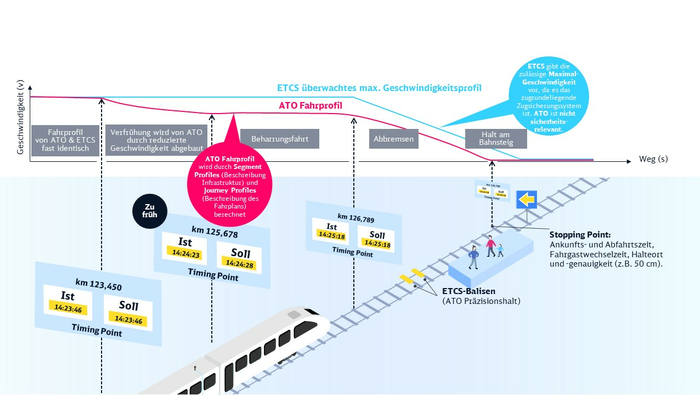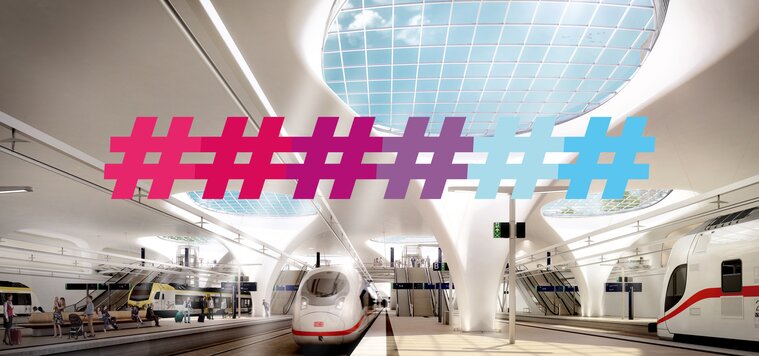
Highly automated driving in the Digital Node Stuttgart
The pilot project "Highly automated driving in the Stuttgart area" (ATO GoA2) is being realised in the Digital Node Stuttgart (DKS) for S-Bahn and regional transport. The use of new technologies enables highly automated driving in an open system. This will improve operational quality, achieve better energy efficiency and increase route and transport capacity in the future.
Project Duration
Our Partners
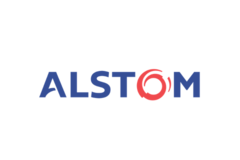
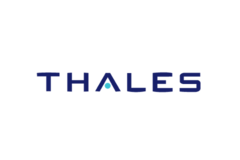
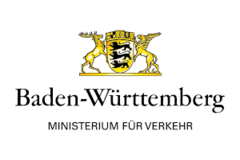
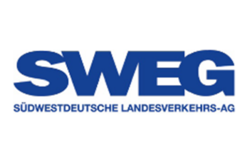

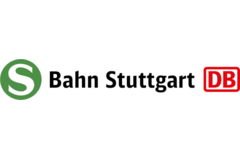
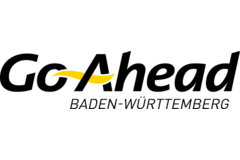
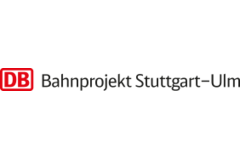
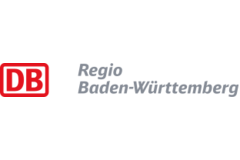
The pilot project "Highly automated driving in the Stuttgart area" (ATO GoA2) is being realised in the Digital Node Stuttgart (DKS) for S-Bahn and regional transport. The use of new technologies enables highly automated driving in an open system. This will improve operational quality, achieve better energy efficiency and increase route and transport capacity in the future. This is done after confirmation by a train driver who is still on board with ATO GoA2. In practice, an "ATO button" is pressed in the driver's cab. The pilot project is based on equipping the line and vehicles with ETCS Level 2. Highly automated driving in the Stuttgart area is the pilot project for the rollout of this pioneering technology across the entire rail network.
The ATO GoA2 overall functionality acts like a kind of remote-controlled cruise control: The track tells the train when it should be at which location via so-called timing points. The trackside ATO system (ATO control centre) consists of several components that provide the on-board system with journey profiles and segment profiles, among other things.
The on-board ATO system can then use this information to determine optimum journey profiles. These journey profiles are implemented as soon as the on-board ETCS provides a movement authority. The driving profile provided by the ATO control centre enables timetables to be adhered to more precisely, thus reducing delays.
The safety-relevant ETCS communication will initially still be handled via the dedicated GSM-R railway mobile radio network. The public mobile network (5G public) is being used for the transmission of ATO data in the pilot project. In the future, all communication will run via FRMCS (Future Railway Mobile Communication System).
Calculation of driving profile
If a train is delayed, ATO runs at the maximum permitted speed, which is specified and monitored by ETCS. During scheduled operation, ATO specifies a driving profile that saves as much energy as possible. If a train is too early, ATO reduces the speed in order to return to the scheduled running profile; this also saves energy. ATO enables high-precision stops at platforms. However, train drivers retain responsibility for safety at all times: they are on board, monitor the journey and can intervene or switch to manual operation.
